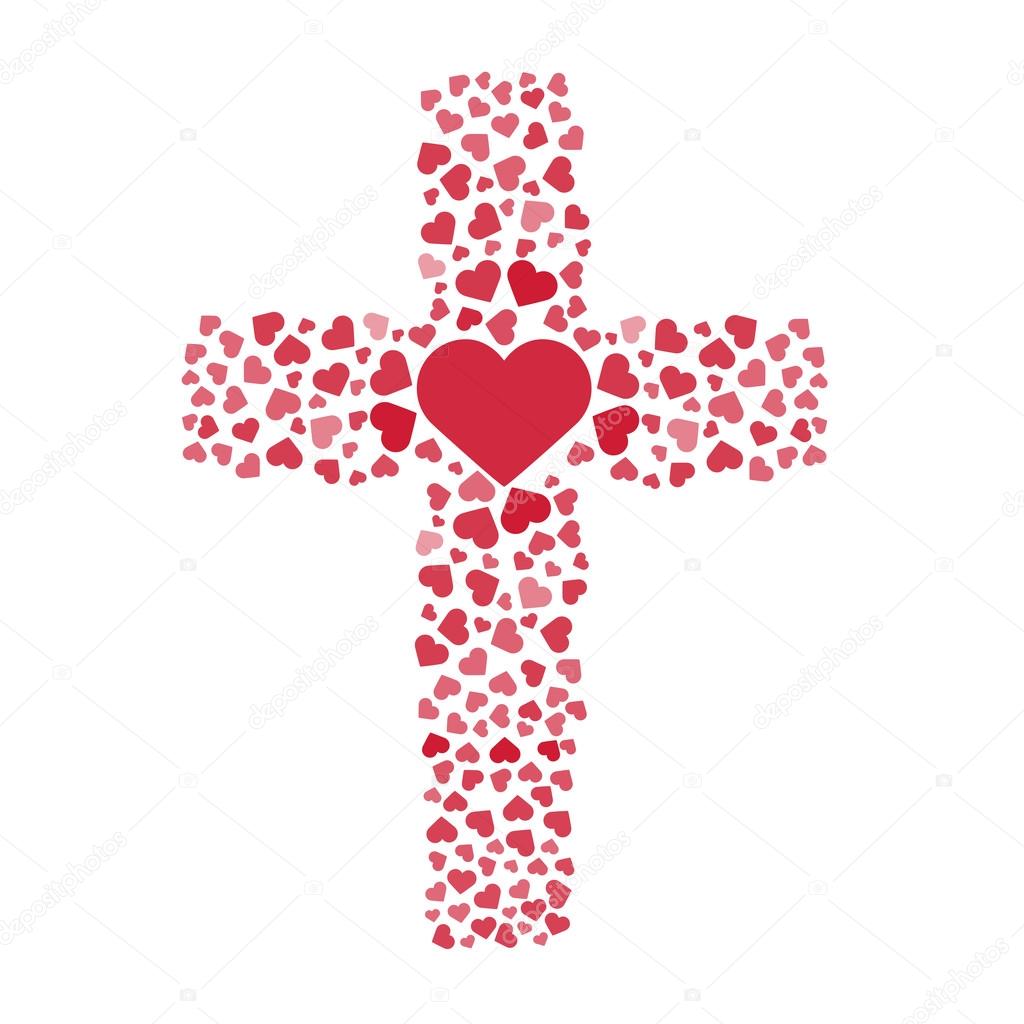Dear Friends,
One of the things Jesus says about Himself , quoting Isaiah
in Luke’s gospel, is that “he was sent to bring new sight to the blind.” It’s
no wonder then that all four Gospels tell stories of how Jesus cured blindness.
John’s story of the man born blind and his encounter with Jesus is much more
detailed. It is a rich source of illumination about life for it deals not only
with spiritual insight and the triumph of light over darkness, but also the struggle
in life against the power of human darkness.
Caught up as we are in the Coronavirus pandemic, we may become distracted from other
important aspects of life and be
inclined to shed the daily food that sustains us spiritually – the
Gospel, prayer, the recognition of God’s abiding and tender presence, our concern for and service of others. We might find ourselves stuck in the
darkness. Plato, centuries before Christ, reminded us that “we can easily
forgive a child who is afraid of the dark. The real tragedy in life is when
adults are afraid of the light.”
In this time of potential panic, let us not be afraid of the
light. Instead, let us call upon faith to help sustain us through the
threatening darkness of world-wide illness.
Three thoughts about the journey out of darkness seem
important for us to consider:
It’s a very long
journey from blindness to sight to insight. Most often, we carry our blindness
alone, accommodate to it until Jesus stands before us, touches us and urges us
to take the next steps if we want to see. Left alone, we stay blind. Sharing
what we experience may be very helpful.
We come to insight
only when others challenge what our sight means. In today’s Gospel, the
Pharisees jeer and deride, threaten the man born blind with rejection. They try
to make him back down from the truth of his experience. But his truth, his
determination is greater than their pressure.
Holding fast to the truth of his experience, the man born
blind prefigures Jesus – who from his capture in the Garden of Gethsemane to
His death on the cross is challenged by the powerful who also jeer and deride
Him .They try to derail Jesus from embracing the deep meaning of what he is
doing.
Just as the man born
blind was instructed to wash his eyes, we too have been washed at the
instruction of Jesus. We call our washing
Baptism – a once- in-a-
lifetime event which we draw upon all our lives. In Baptism, we receive the
promise, the invitation and the grace to be one with the Risen Christ. But
there is no automatic guarantee that we will live in the light. Living out the
promise, the invitation and the grace is our work. That’s one reason to keep
Lent carefully, especially in this stressful year.
Are we afraid of the light? If not, then we are not afraid to
experience Christ coming through
self-giving, suffering and death to
radiant light to walk with us at this fearful time. It is in His light that we will see where we
are, and how to make our way through the days ahead.
~Sister Joan Sobala






